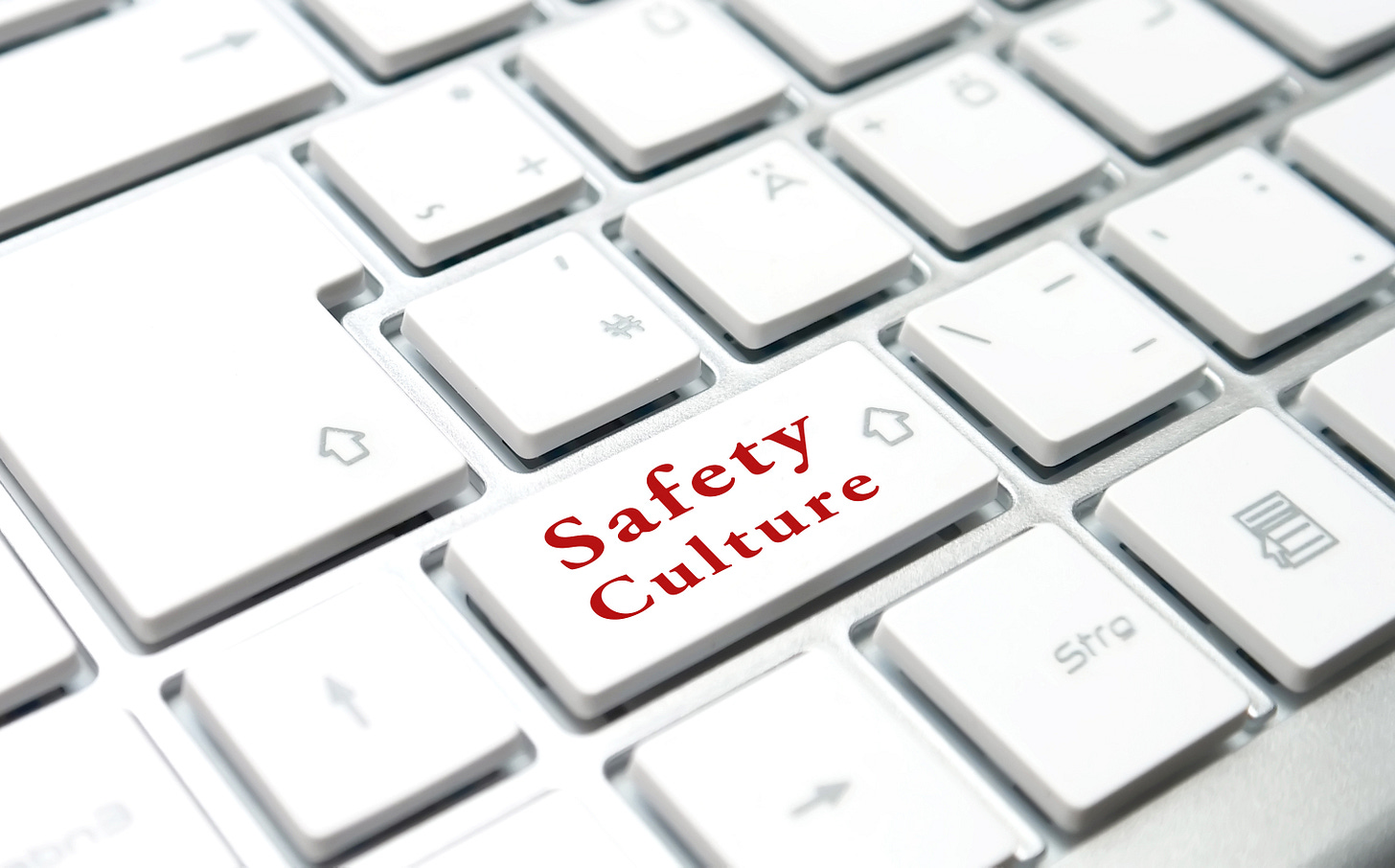Sustaining and Measuring Process Safety Culture
This post is the fourth in a four-part series to do with process safety culture. The posts are:
Process Safety Culture
Leadership and Accountability
Learning, Communication and Trust
Sustaining and Measuring Process Safety Culture (this one)
Culture is not built with a single initiative or following a one-time training. It is cultivated over years, shaped by daily decisions that are tested during times of pressure. Sustaining a strong process safety culture means more than having the right policies and procedures — it means embedding safety into the very fabric of how an organization thinks, measures, and learns.
But how do you sustain something as intangible as culture? And can it even be measured? To answer these questions, it helps to look again at six of the disasters that shaped modern process safety, and that have been discussed in previous posts at this site. Those events are:
Flixborough (1974)
Seveso (1976)
Bhopal (1984)
Piper Alpha (1988)
Toulouse (2001)
BP Texas City (2005).
Improvisation Without Oversight: Flixborough
Keep reading with a 7-day free trial
Subscribe to The Process Safety Report to keep reading this post and get 7 days of free access to the full post archives.


